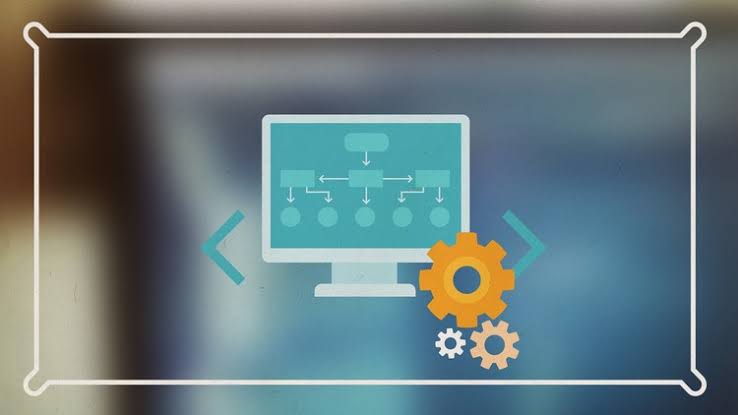Understanding Diode Rectifiers and Transistor Properties and Configurations
Introduction to Semiconductor Diodes and Transistors
Description
Al explains semiconductor Basics, Valance Electrons in Conductors. The difference between semiconductors & conductors. Describes the doping process in, semiconductor material. What is N & P type Material . Majority & Minority Carries Explained .
Diode Curves and Characteristics, of forward and reverse Current flow, by using the Characteristic Diode Curve. Physical Diode Packaging Explained. Electron flow thru Diodes explained.
Schematic Symbol of Diode, Cathode and Anode placement explained. Placement of Physical Diode Explained. How to test a diode, with an ohm meter. A simple diode application Explained.
Half Wave rectification, how to calculate peak voltage and the Average DC voltage of a half wave rectification circuit. Basic capacitor filter action is also explained.
Full wave rectification, full wave bridge rectification explained and the introduction of the transformers. The Average DC Value of a full wave Rectifier explained.
Introduction the two types of junction transistors PNP and NPN . Details reverse and forward bias on the junction transistor(s). Introduction of the three elements of the transistor. Explains the schematic Symbols of the transistor (NPN & PNP). Physical packaging of the transistors shown and explained. How to test a transistor with an ohm meter. Introduction alpha and Beta properties of the transistors along with Ie = Ib + Ic .
Explanation of alpha and Beta properties of the transistors along with Ie = Ib + Ic. Introduces Load -line (s)with a common emitter circuit . Explanation of both DC and AC transistor parameter’s using the load line. How to find RL using the load line. Phase shift in a common emitter transistor.
Explanation of the common Collector Circuit ( also called the emitter follower) Circuit action. Common Base configuration circuit action explained. Summary of the three transistor Configurations, Common emitter, Common collector and Common base.
Who this course is for:
- This course is for students that have completed basic electronic circuit fundamentals course & understand Ac & Dc Voltages & Voltage dividers and have understanding of ohms law
What you’ll learn
- Student will learn the Basic of semiconductor(s) along with Semiconduct Diode Basics and Transistor Semiconductor Basics
CLICK TO JOIN WHATSAPP GROUP
CLICK TO JOIN TELEGRAM CHANNEL
